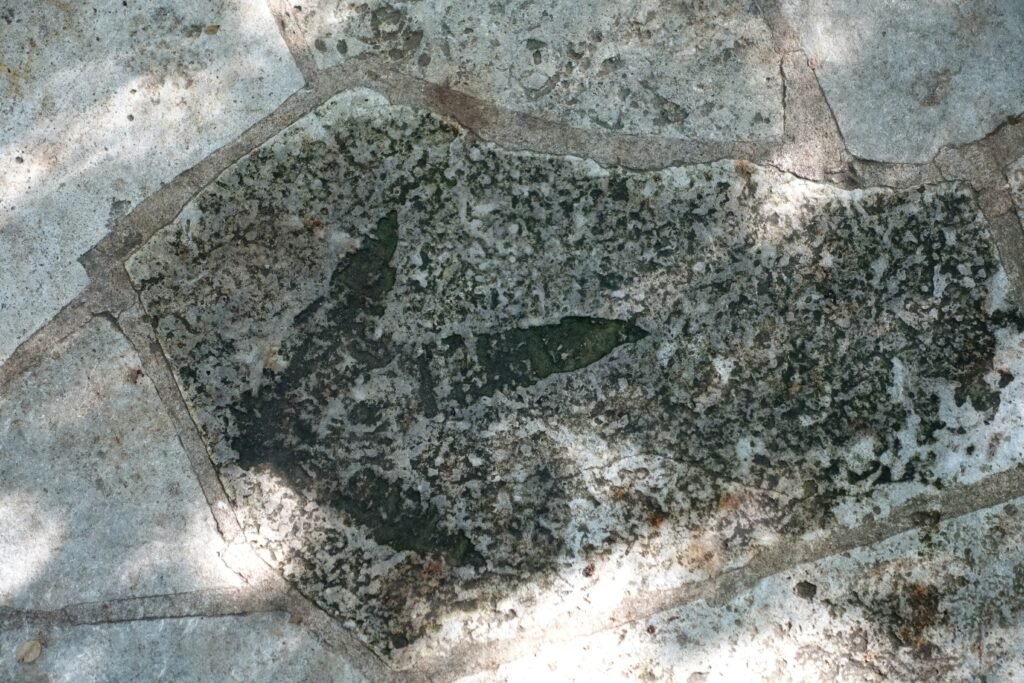Imagine walking along a serene stretch of the British coast, where the gentle waves kiss the sands, and suddenly, you find yourself stepping into the footprints of giants. These aren’t just any footprints; they are the ancient imprints left by dinosaurs over 160 million years ago. The British coast, particularly in places like the Isle of Skye and the Jurassic Coast in Dorset, is a treasure trove of paleontological wonders. These sites offer a unique window into the past, allowing us to walk where dinosaurs once roamed. It’s an extraordinary journey that bridges time and space, connecting us to a world long gone yet still present beneath our feet.
The Enigmatic Jurassic Coast
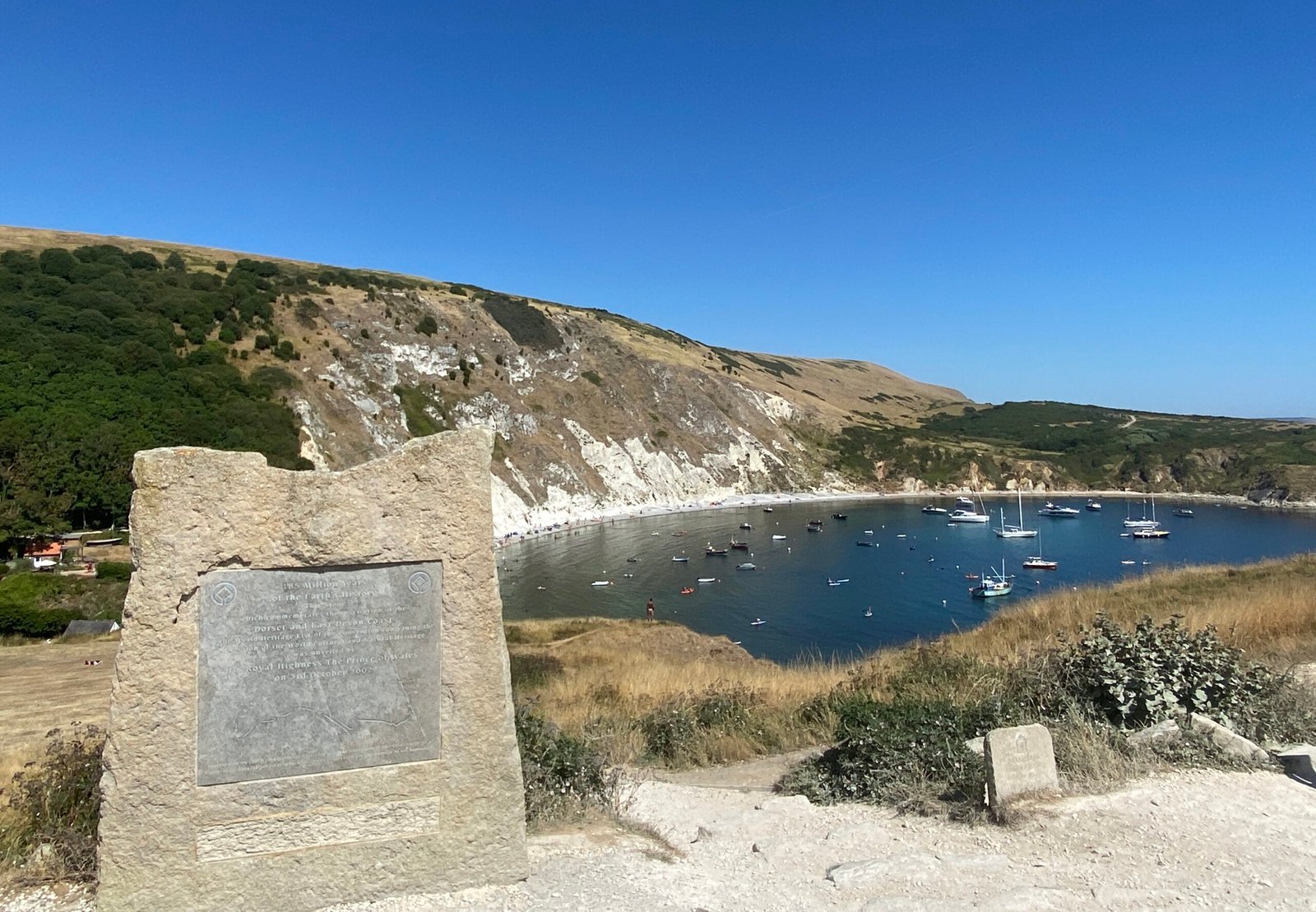
The Jurassic Coast, stretching from East Devon to Dorset, is a UNESCO World Heritage site renowned for its geological significance. This 95-mile stretch is a living museum, revealing layers of Earth’s history through its cliffs and rock formations. The coast is aptly named after the Jurassic period, a time when dinosaurs dominated the planet. Fossils and footprints found here provide invaluable insights into the species that once thrived. The area is not only a haven for paleontologists but also for tourists eager to glimpse the prehistoric past. Walking along these cliffs, one can’t help but feel the weight of time, each step echoing the footsteps of the ancient giants that once roamed these lands.
The Isle of Skye’s Dinosaur Legacy
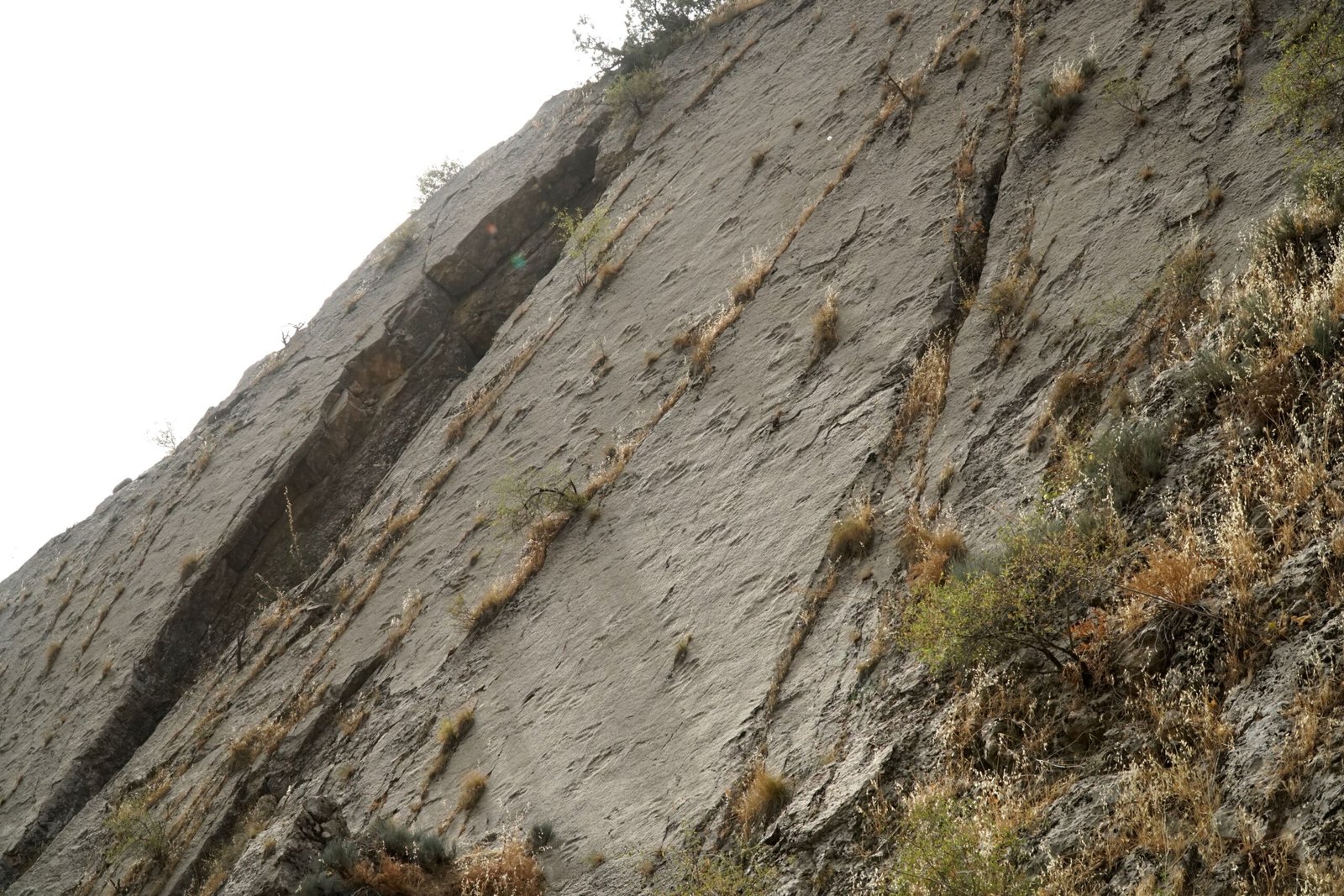
The Isle of Skye, often called the “Dinosaur Isle,” is another significant site for dinosaur enthusiasts. This Scottish island is famous for its well-preserved dinosaur footprints, particularly those of the massive sauropods. These gentle giants left their mark in the form of large, circular depressions in the rock, serving as a testament to their once-dominant presence. The footprints found here are among the largest and most abundant in the world. They offer a glimpse into the behavior and movement of these colossal creatures. Exploring the Isle of Skye is like stepping into a prehistoric world, where each rock and crevice tells a story of a time when dinosaurs ruled the Earth.
Understanding Dinosaur Behavior Through Footprints
Dinosaur footprints are more than just physical impressions; they are a window into the lives of these ancient creatures. By studying the size, depth, and spacing of these prints, scientists can infer the dinosaur’s size, speed, and even behavior. For instance, closely spaced footprints suggest a leisurely stroll, while wider gaps indicate running or fleeing. These traces also reveal social behavior, such as herding or hunting patterns. The footprints on the British coast have provided crucial evidence of sauropods, theropods, and other species coexisting. This understanding deepens our appreciation of the complexity and diversity of dinosaur life.
The Science Behind Footprint Preservation
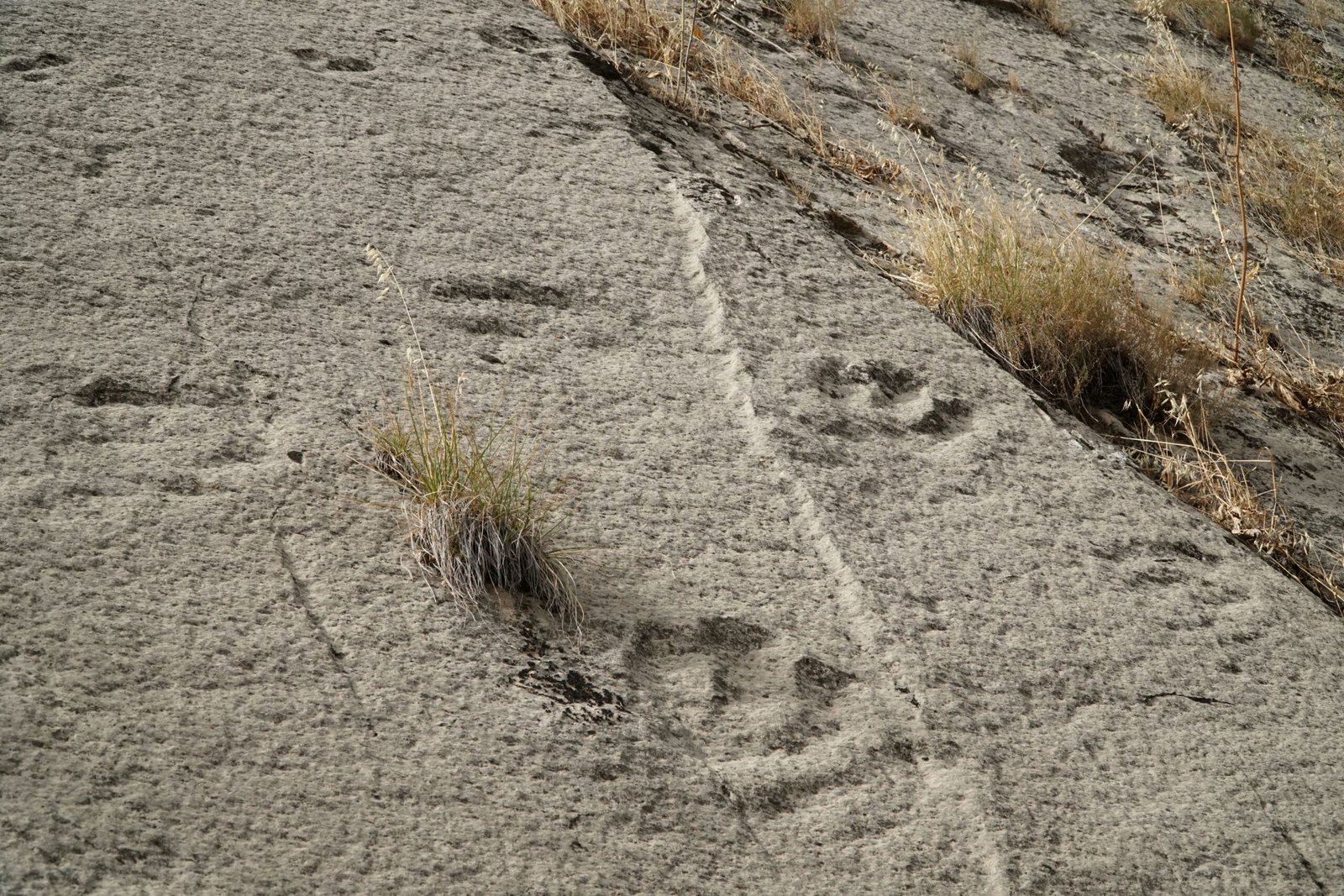
The preservation of dinosaur footprints is a fascinating process, involving precise conditions that allow these ancient marks to endure through the ages. Typically, a dinosaur would leave footprints in soft sediment, like mud or sand. Over time, these impressions would harden and become covered by additional layers of sediment. The perfect balance of moisture, sediment type, and subsequent geological events preserved these prints for millions of years. The British coast, with its unique geological history, offers perfect conditions for such preservation. The footprints serve as natural time capsules, capturing a fleeting moment in the life of a dinosaur.
Fossil Hunting: A Journey for Everyone
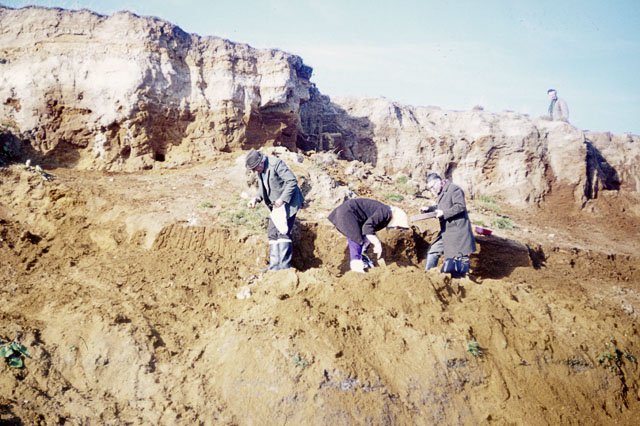
Fossil hunting along the British coast is an adventure that attracts enthusiasts of all ages. Armed with nothing more than curiosity and a keen eye, visitors can discover remnants of the past. The thrill of uncovering a fossil or footprint is unmatched, providing a direct connection to the prehistoric world. The Jurassic Coast and the Isle of Skye are both popular destinations for such excursions. Guided tours and educational programs further enhance the experience, offering insights into the significance of these finds. It’s a hands-on journey through time, where each discovery adds to our understanding of Earth’s ancient history.
The Role of Technology in Paleontology

In recent years, technology has revolutionized the field of paleontology, providing new tools for studying dinosaur footprints. Advanced imaging techniques, such as 3D scanning and digital modeling, allow scientists to analyze footprints with unprecedented precision. These technologies enable the creation of detailed replicas and simulations, offering new insights into dinosaur anatomy and movement. On the British coast, researchers have utilized drones and photogrammetry to map and document footprint sites. This technological leap has expanded our knowledge of dinosaur behavior and ecology, transforming our understanding of these ancient giants.
Educational Opportunities Along the Coast
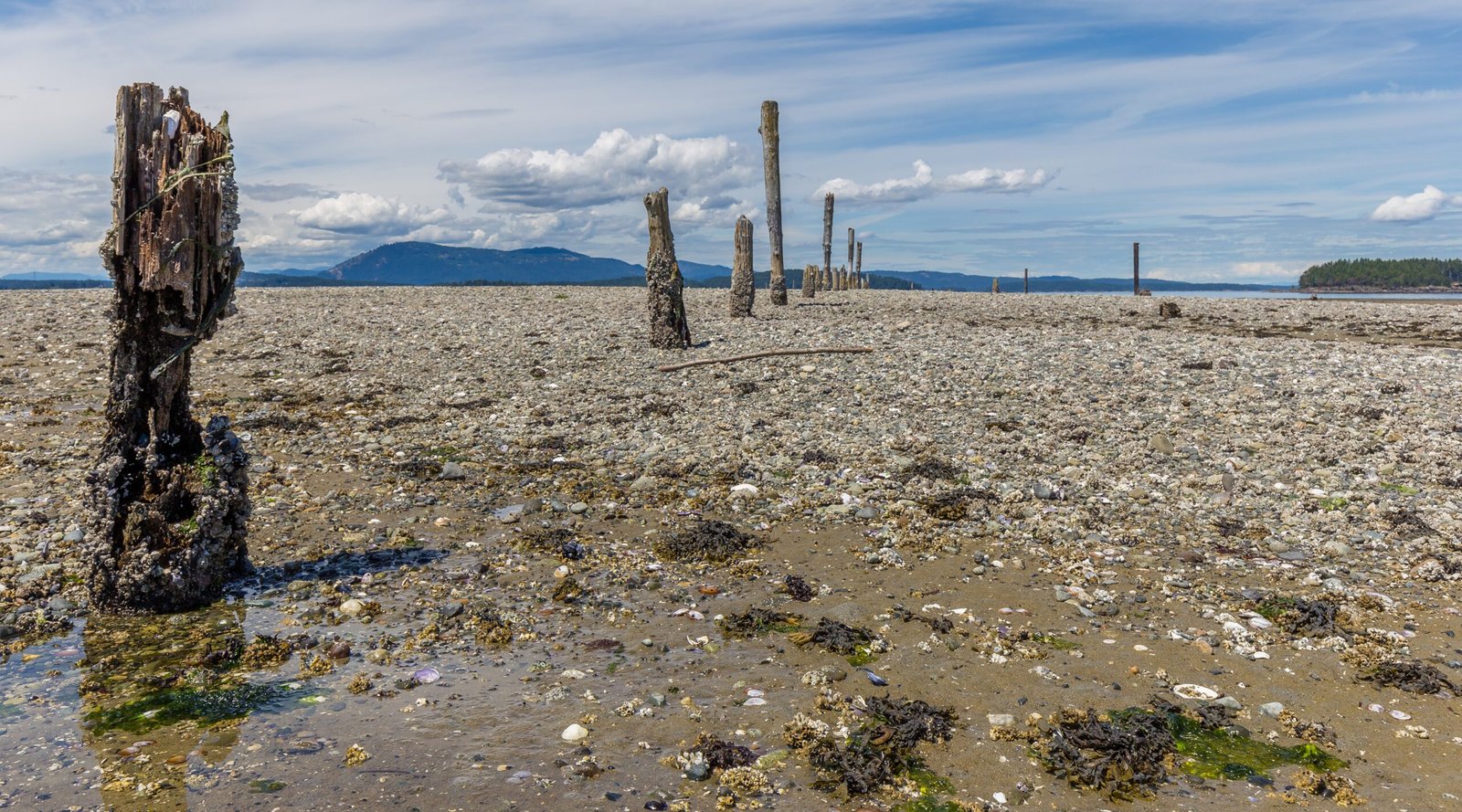
The British coast, with its rich paleontological heritage, offers a wealth of educational opportunities. Schools and universities frequently organize field trips to sites like the Jurassic Coast and Isle of Skye, providing students with hands-on learning experiences. Museums and visitor centers along the coast offer interactive exhibits and workshops, bringing the world of dinosaurs to life. These educational initiatives inspire the next generation of scientists and foster a deeper appreciation for Earth’s history. By engaging with these sites, young minds are encouraged to explore the wonders of the natural world and pursue careers in science and conservation.
Conservation Efforts to Protect Dinosaur Footprints
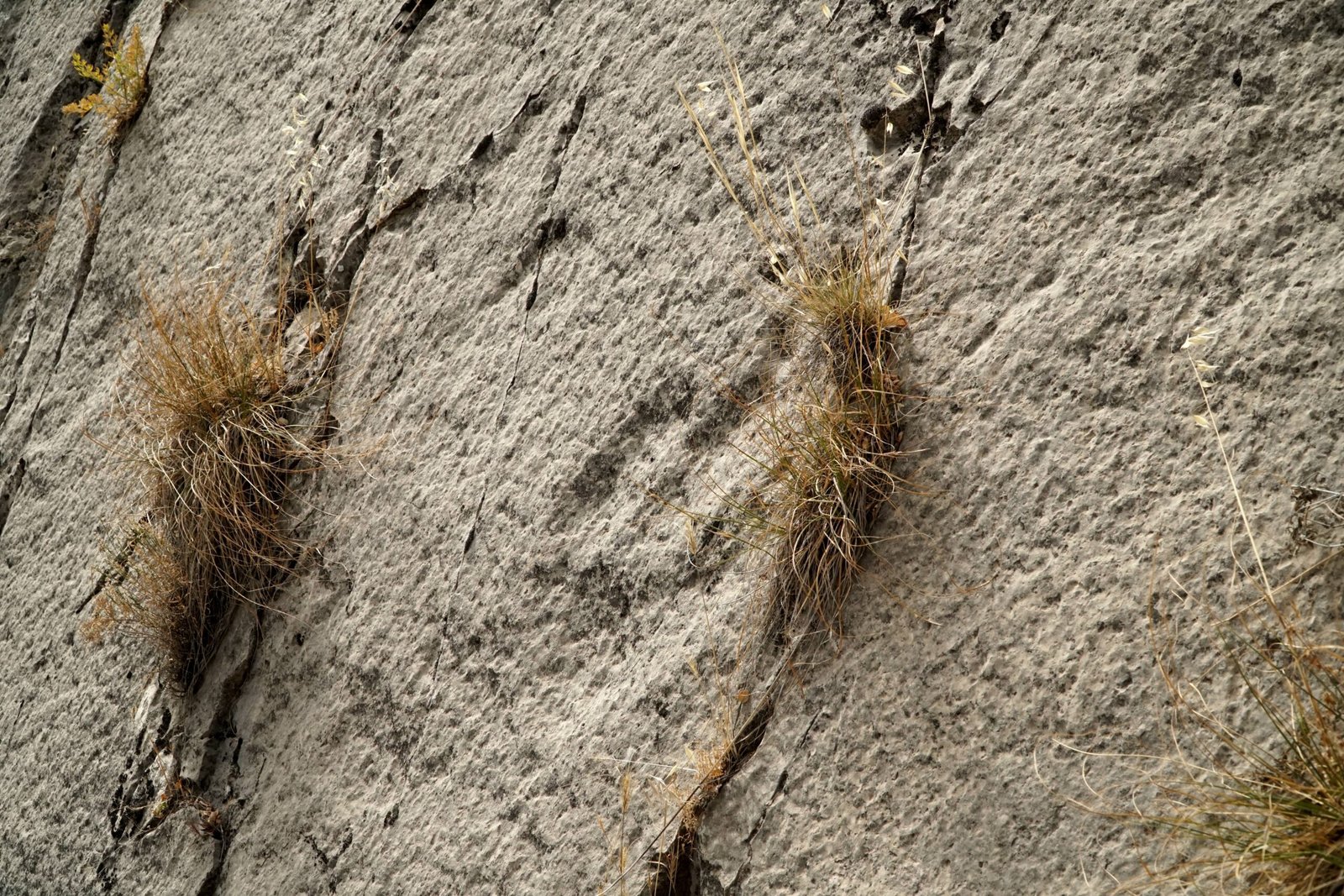
The preservation of dinosaur footprints is crucial to maintaining our connection to the past. Conservation efforts along the British coast aim to protect these valuable sites from natural erosion and human impact. Organizations work tirelessly to monitor and maintain the integrity of footprint sites. Public awareness campaigns emphasize the importance of respecting these ancient relics and preserving them for future generations. By safeguarding these footprints, we ensure that the stories of the dinosaurs who once walked these lands remain accessible to all.
The Connection Between Past and Present
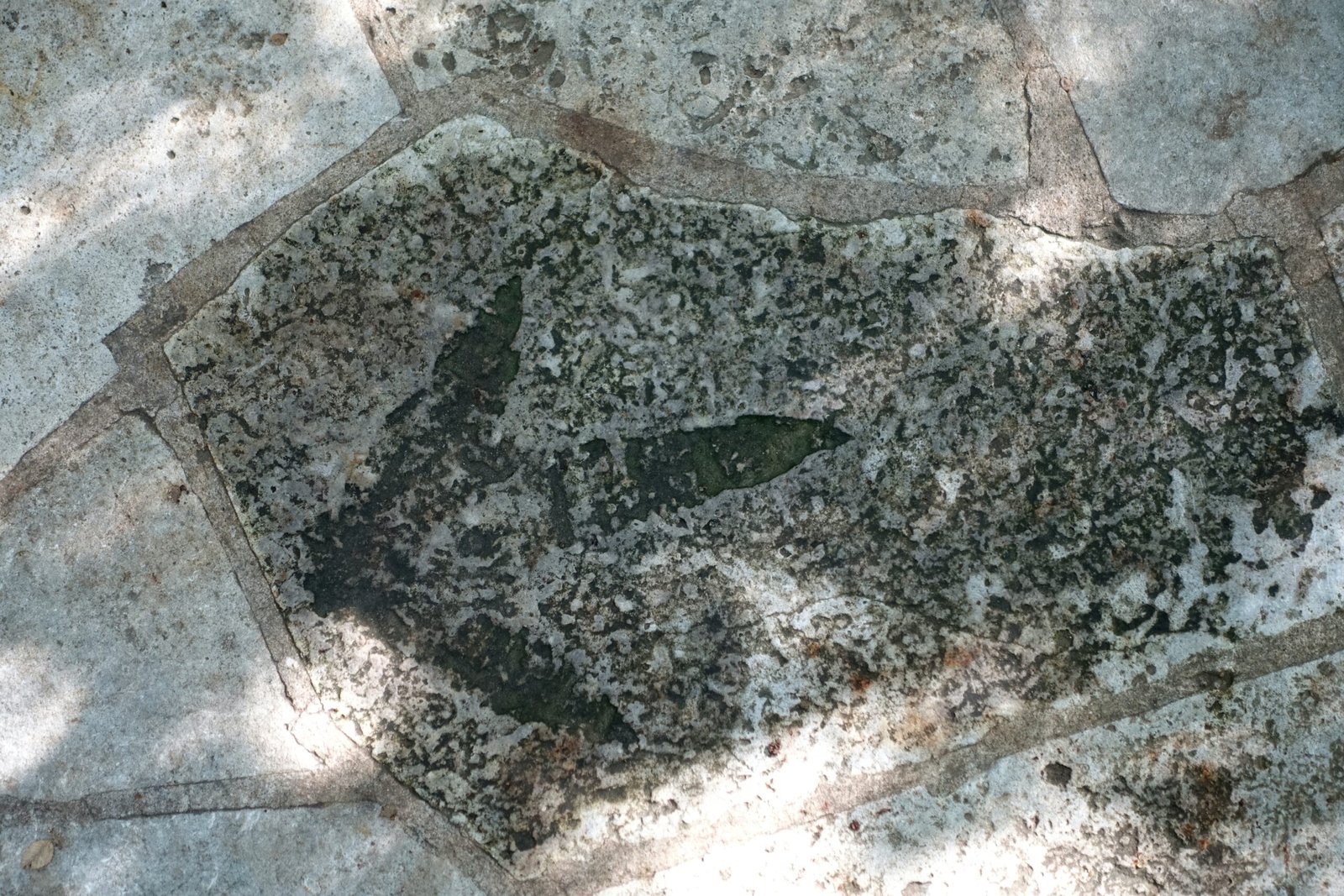
Dinosaur footprints on the British coast serve as a powerful reminder of the connection between past and present. They link us to a world that existed millions of years ago, offering a tangible connection to Earth’s history. Walking in the footsteps of dinosaurs evokes a sense of wonder and curiosity about the natural world. It prompts us to reflect on the passage of time and the ever-changing nature of our planet. By exploring these prehistoric imprints, we gain a deeper understanding of the Earth’s history and our place within it. The footprints invite us to consider the legacy we leave for future generations and the importance of preserving our planet’s rich natural heritage.

